
Ingredient
Chapatti flour
The Versatile Flour for Perfect Indian Flatbreads
Chapatti flour is a finely ground whole wheat flour that is milled from hard wheat grains. It has a light brown color and a slightly coarse texture. This flour is known for its high fiber content and nutty flavor, which adds a distinct taste to the flatbreads. When mixed with water, chapatti flour forms a soft and pliable dough that is easy to roll out and cook.
Origins and history
Chapatti flour has its origins in the Indian subcontinent, where it has been a dietary staple for centuries. It is deeply rooted in Indian culture and is an integral part of everyday meals. Traditionally, atta was stone-ground at home using hand-operated stone mills, but nowadays, it is commercially produced to meet the high demand.
Nutritional information
Chapatti flour is a nutritious choice as it is rich in dietary fiber, protein, and essential minerals like iron and magnesium. It is also lower in gluten compared to all-purpose flour, making it a suitable option for those with gluten sensitivities.
Allergens
Chapatti flour contains gluten, which may trigger allergic reactions in individuals with gluten intolerance or celiac disease.
How to select
When selecting chapatti flour, look for a brand that offers finely ground whole wheat flour. Check the packaging for any signs of moisture or insect damage. Opt for organic or locally sourced varieties for a higher quality product.
Storage recommendations
To maintain the freshness of chapatti flour, store it in an airtight container in a cool and dry place, away from direct sunlight. Proper storage can help extend its shelf life and prevent the flour from becoming rancid.
How to produce
Chapatti flour is typically produced on a large scale by commercial mills. However, if you want to produce it at home, you can grind whole wheat grains in a grain mill or a high-powered blender until you achieve a fine consistency.
Preparation tips
To make chapatis or rotis, combine chapatti flour with water and knead until you have a smooth dough. Let the dough rest for at least 30 minutes to allow the gluten to relax. Divide the dough into small portions, roll them out into thin circles, and cook on a hot griddle or tawa until golden brown spots appear on both sides. Brush with ghee or butter for added flavor.
Substitutions
Whole wheat flour can be used as a substitute for chapatti flour if it is not available. However, the texture and flavor of the flatbreads may vary slightly.
Culinary uses
Chapatti flour is primarily used to make Indian flatbreads like chapatis, rotis, and parathas. It can also be used to make other Indian delicacies like puris, naans, and stuffed breads. Additionally, chapatti flour can be incorporated into baked goods like cookies, muffins, and bread for a healthier twist.
Availability
Chapatti flour is commonly available in Indian grocery stores and supermarkets worldwide. It is also cultivated and used in various other countries with a significant Indian diaspora.
More ingredients from this category

Wheat flour white
The Versatile Flour: Unleashing the Power of White Wheat Flour

Wheat wholemeal flour
Nutrient-Rich Whole Grain Flour

Wheat flour, durum
Versatile Grain Powerhouse
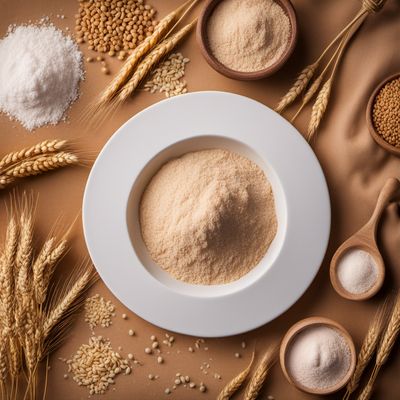
Wheat flour, brown
The Nutrient-Rich Powerhouse: Unveiling the Secrets of Brown Wheat Flour
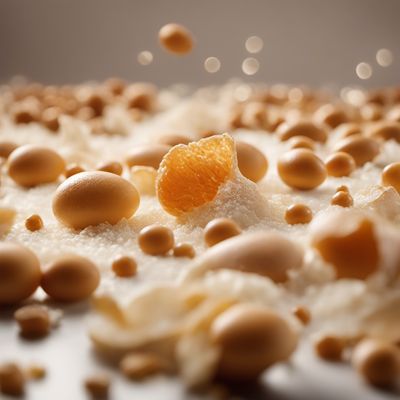
Graham flour
The Wholesome Wonder: Unveiling the Secrets of Graham Flour
Recipes using Chapatti flour » Browse all
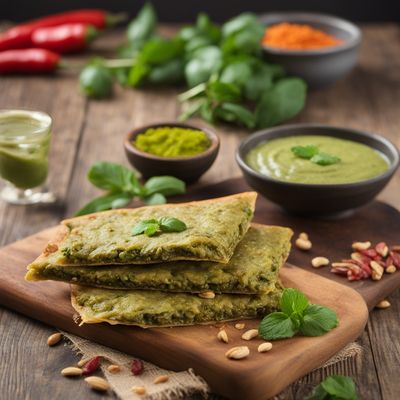
Bihari Pesto Paratha Pizza
Pesto Paratha Pizza Bihari Style: A Fusion Delight

Kadhi Pakora - Spiced Yogurt Curry with Fritters
Creamy Delight: Kadhi Pakora - A Flavorful Indian Yogurt Curry

Mango Kadhi with a Pembrokeshire Twist
Tropical Delight: Pembrokeshire Mango Kadhi

Sindhi Kadhi with a Twist: A Fusion of Pakistani and Omaha Flavors
Omaha-inspired Sindhi Kadhi: A Fusion of Spices and Comfort
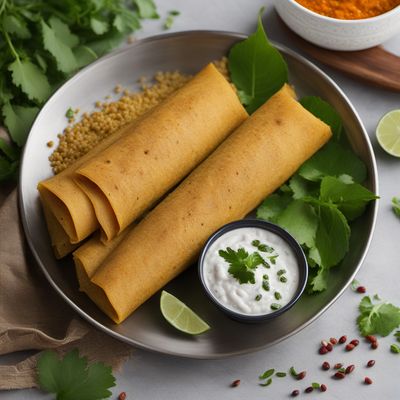
Authentic Masala Dosa Recipe
Spiced Delight: The Perfect Masala Dosa

Bikaneri Bhujia - Spicy and Crunchy Indian Snack
Fiery Delight: Bikaneri Bhujia - A Spicy Crunch to Savor
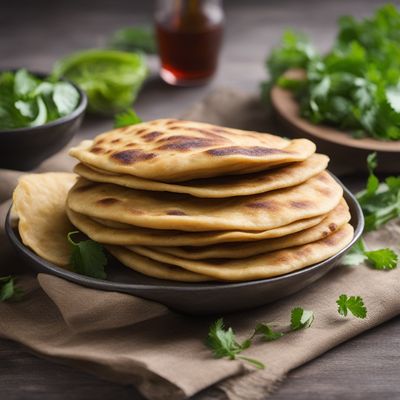
Homemade Stuffed Aloo Naan
Flavorful Potato-Stuffed Naan Delight
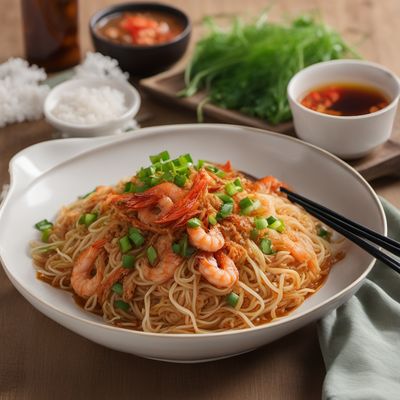
Pancit Palabok with a Twist
Savory Seafood Delight: Pancit Palabok Reinvented

Khandvi - Savory Gram Flour Rolls
Delicate Gram Flour Rolls: A Taste of Indian Elegance

Crispy Masala Dosa
Spiced Delight: Crispy Masala Dosa - A South Indian Culinary Gem

Gujarati Kadhi Recipe
Tangy and Spiced Yogurt Soup: Gujarati Kadhi

Paneer Amritsari
Spiced Delight: Paneer Amritsari - A Flavorful Indian Delicacy